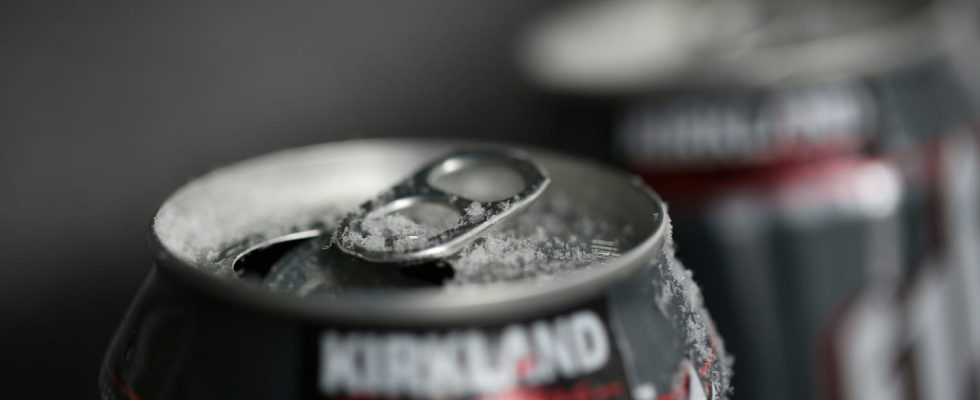Don’t want to lose the precious bubbles from the soft drinks you opened without finishing them?
Sparkling water, soda, cider, beer, sparkling wine… Many of us regularly enjoy these soft drinks with family, friends or even colleagues, during a meal, an aperitif or a festive event. And we all face the same problem when storing an opened bottle or can: how to preserve the bubbles that make these drinks so charming once they are opened? Especially if you want to consume them several days after opening.
There are several well-known techniques for this using accessories. Like the spoon plunged into the neck or the opening, a grandmother’s trick that works more or less well. Or the special stopper, which has a lever or mechanical device to maintain pressure in the bottle, preventing the precious bubbles from escaping.
But it is also possible to preserve all the gas contained in these liquids using a very simple and very economical item, which you certainly already have in your kitchen: cling film. Indeed, once properly placed on the opening, this transparent and stretchable plastic film is enough to ensure excellent sealing of the container for several days. And its installation is very simple. Simply cut a piece of film, position it over the opening, carefully stretching it over the neck of the bottle or the top of the can, then carefully fold it over the sides, so as to prevent any gas leak, and therefore bubbles. And voila !
To further optimize this seal, you can, if you wish, press the film further onto the bottle or can with a tightly stretched elastic band. Test this method the next time you have opened soft drinks: you will see that they retain their bubbles several days after opening. And you can still close them using the same movie if you don’t finish them in one go.
Be careful, however: be sure to use real food film, made with PVC (poly vinyl chloride), certified for food use, and especially not a simple stretchable plastic. Certain plastic films intended for other uses in fact contain dangerous chemical components, such as phthalates or bisphenol A which are classified as endocrine disruptors.
